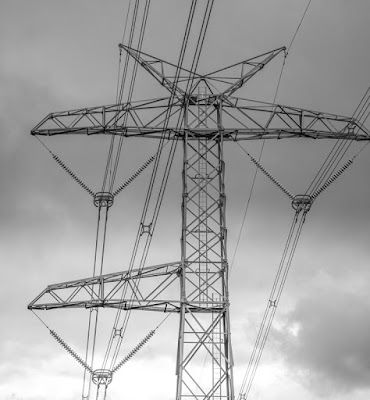After a couple of days of sightings, I finally coaxed him into photo range via the old (but a bit frowned-upon) technique of playing a recording of their song, whereupon he popped up onto a post only a few metres away.
The resulting photos removed all doubt so we logged the sighting on Eremaea Birdlines where it generated a bit of discussion.
Another recent visitor here was a pair of Restless Flycatcher (Myiagra inquieta) which we discovered after hearing a curious buzzing, "grinding" song in the scrub down the cliffs. Their acrobatics in trying to catch insects and moths shows why they deserve the moniker of "restless".
The local White-bellied Sea-Eagles (Haliaeetus leucogaster) have been around but they don't use any roosting tree that you can get close to. However, a pair that reside along the river at Lower Newry are often perched right by the road where one can get up close. Magnificent!
Another recent visitor here was a pair of Restless Flycatcher (Myiagra inquieta) which we discovered after hearing a curious buzzing, "grinding" song in the scrub down the cliffs. Their acrobatics in trying to catch insects and moths shows why they deserve the moniker of "restless".
The local White-bellied Sea-Eagles (Haliaeetus leucogaster) have been around but they don't use any roosting tree that you can get close to. However, a pair that reside along the river at Lower Newry are often perched right by the road where one can get up close. Magnificent!
















































